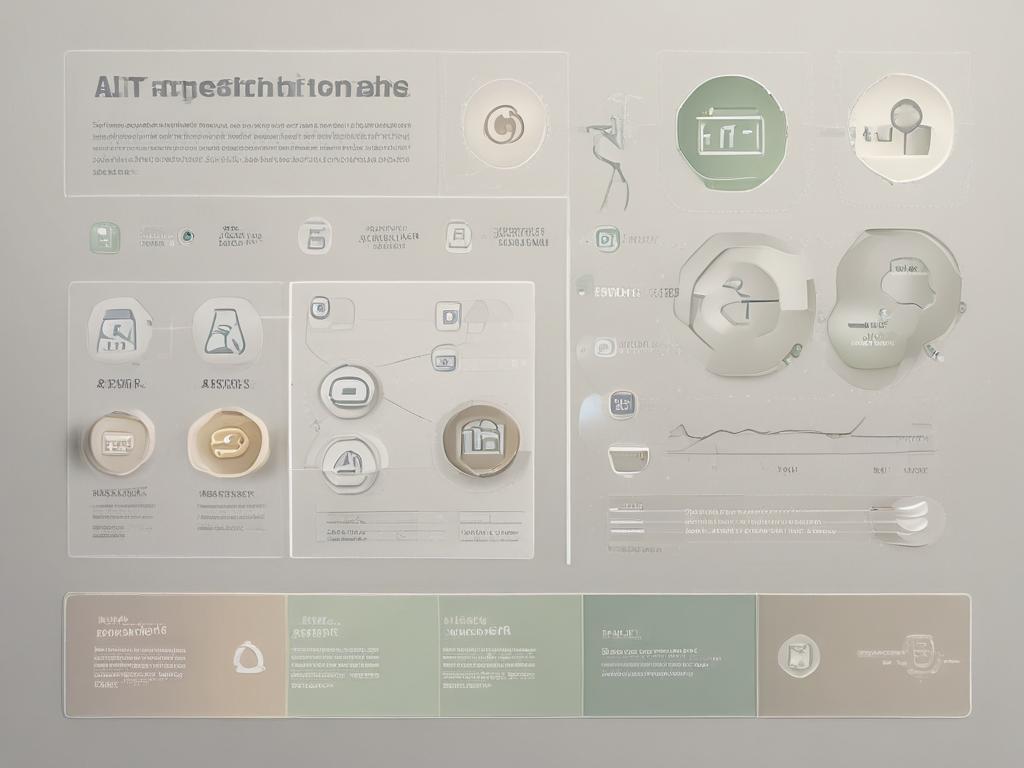In today’s digital landscape, artificial intelligence is revolutionizing education, making it crucial for educators to harness its potential. This blog post, Unlocking AI Magic: A Beginner’s Guide to Educational Prompt Engineering, is designed to empower teachers and administrators with the tools they need to effectively engage AI language models. By mastering educational prompt engineering, you can enhance student learning, encourage critical thinking, and foster creativity in the classroom.
Throughout this guide, you will explore the key fundamentals of educational prompt engineering, learn essential techniques for crafting effective prompts, and discover practical applications that can transform your teaching strategies. Whether you’re an experienced educator or just starting your journey, this beginner-friendly approach will unlock the magic of AI in education and open up new avenues for your students' success. Let’s dive in and discover how you can become a skilled prompt engineer!
Understanding the fundamentals of educational prompt engineering
Educational prompt engineering stands at the intersection of artificial intelligence and pedagogy, allowing educators to leverage AI tools effectively. By creating targeted prompts, teachers can guide AI systems to generate content that aligns with specific learning objectives. This process starts with understanding the nuances of language and context, which play a vital role in how AI interprets and responds to the prompts. Educators must become familiar with the various types of prompts—open-ended, directive, and exploratory—that can evoke different types of responses from AI. Grasping these fundamentals sets the stage for effective and meaningful interactions with AI-powered educational tools.
Moreover, educational prompt engineering requires educators to consider their students' diverse needs and learning styles. Each prompt should be crafted to inspire critical thinking, creativity, and engagement while catering to the specific learning outcomes of the lesson. Understanding the audience is key; prompts designed for younger students may need to be simpler and more guided, while prompts for advanced learners can encourage deeper exploration and independent thinking. By mastering these foundational concepts, educators can unlock the potential of AI to enhance learning experiences and promote student success, paving the way for innovative educational practices.
Essential techniques for crafting effective prompts
Crafting effective prompts requires clarity and specificity to elicit the desired responses from AI. Begin by defining the objective of your prompt. What information or action do you wish to obtain? Use clear, concise language and avoid ambiguity. For instance, instead of asking, Tell me about rivers, specify further with, Describe the characteristics of the Amazon River.” This not only guides the AI toward a focused answer but also enriches the interaction. Additionally, consider incorporating context. Providing a scenario or background helps the AI generate more relevant and insightful responses.
Another key technique involves experimenting with different prompt structures. Utilize questions, statements, or even commands to explore how the AI responds to various formats. For example, starting with an open-ended question like “What are the benefits of project-based learning?” may yield different results than a directive prompt, such as “List the advantages of project-based learning.” Testing these variations can help you discover which prompts engage your learners most effectively. Lastly, always iterate on your prompts. Collect feedback from students regarding their experiences and adjust your prompts based on their responses to enhance engagement and learning outcomes.
Practical applications of educational prompt engineering in the classroom
Educational prompt engineering offers numerous practical applications that can enhance the learning experience in the classroom. Teachers can use well-crafted prompts to stimulate critical thinking and creativity among students. For instance, by providing open-ended questions that require analytical reasoning, educators can encourage students to explore various perspectives on a topic. This technique not only deepens understanding but also fosters an environment of collaborative learning where students feel motivated to share their insights and ideas.
Moreover, prompt engineering facilitates personalized learning. By designing prompts tailored to different learning styles and preferences, teachers can cater to individual needs. For example, visual learners may benefit from prompts that incorporate images or diagrams, while kinesthetic learners might thrive with prompts that involve hands-on activities. Such targeted approaches allow students to engage more effectively with the material, promoting deeper comprehension and retention. Ultimately, leveraging educational prompt engineering in the classroom empowers educators to foster a dynamic learning atmosphere that nurtures student growth and enthusiasm for knowledge.




 Skill assessment
Skill assessment Personalized learning path
Personalized learning path


